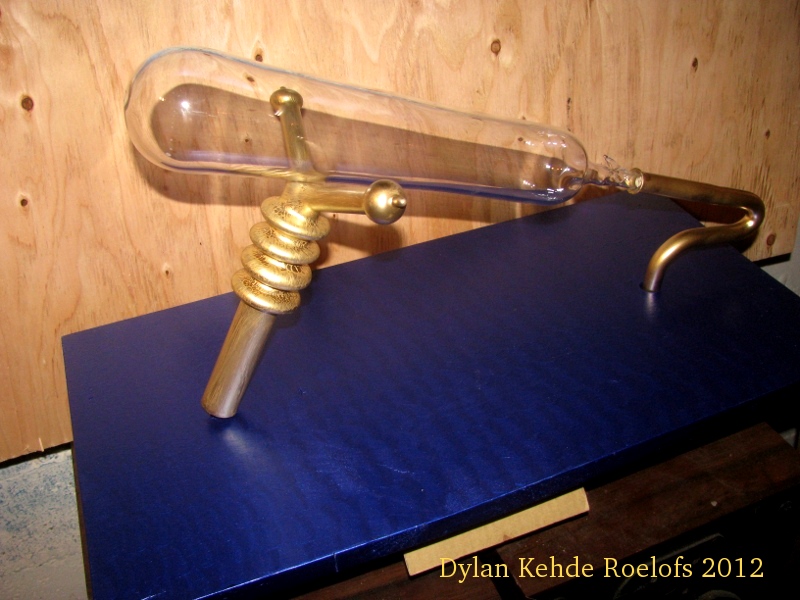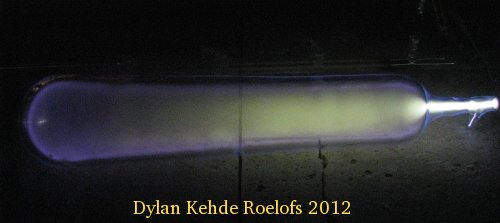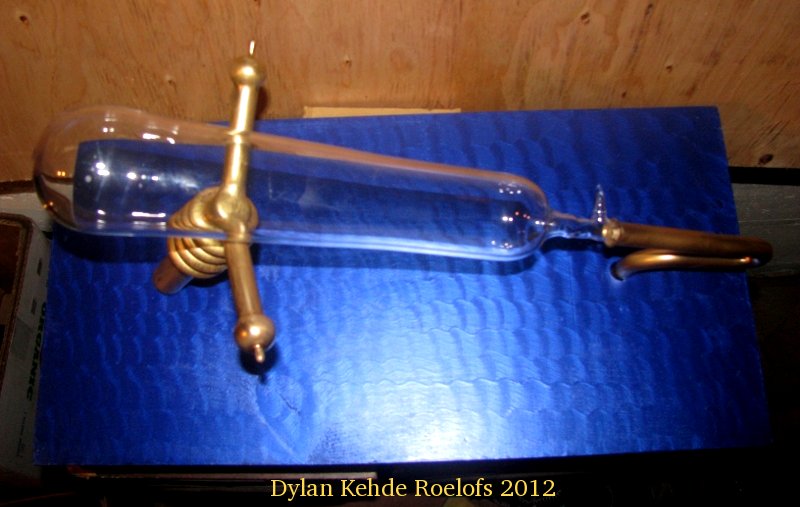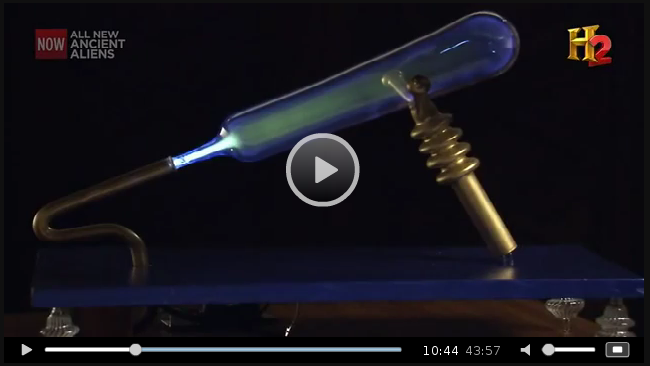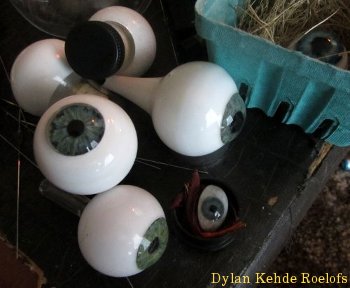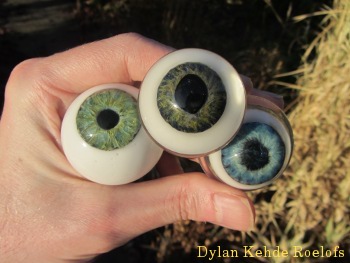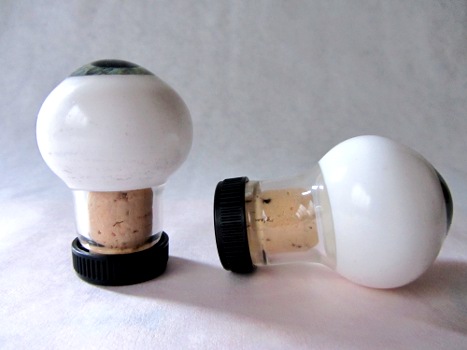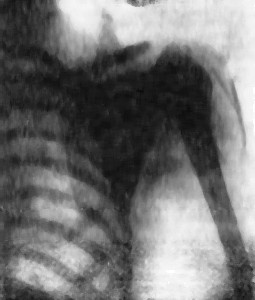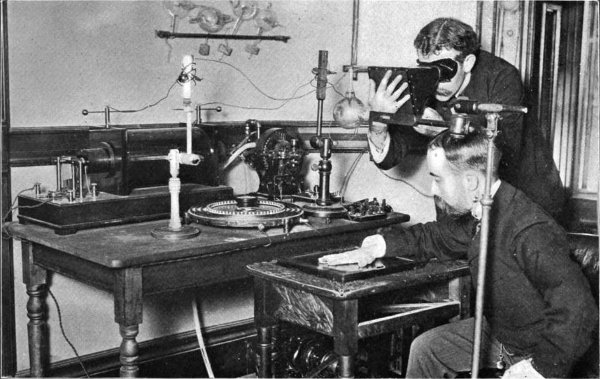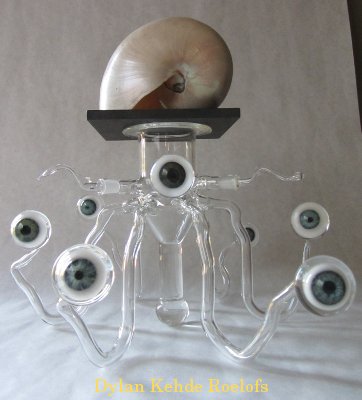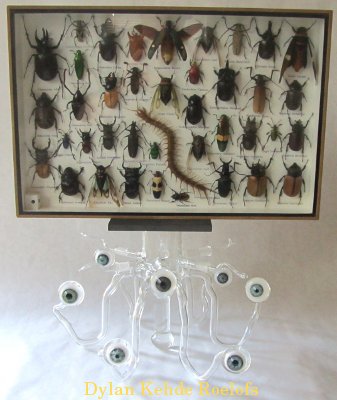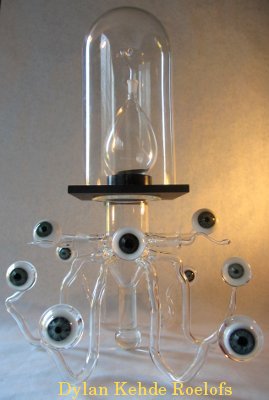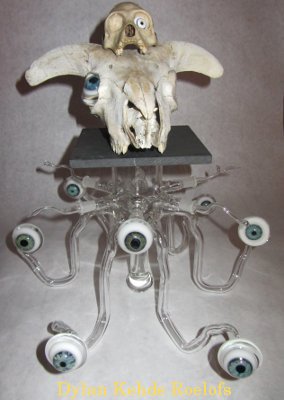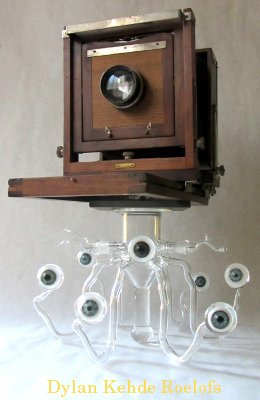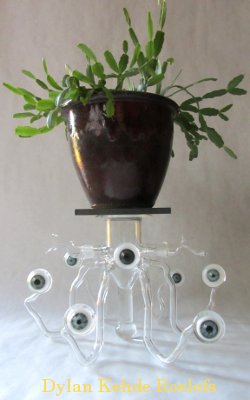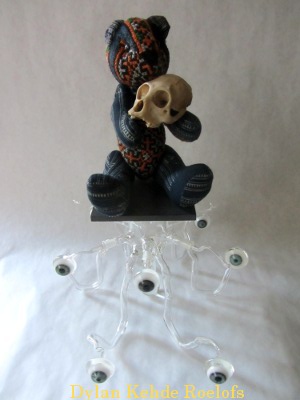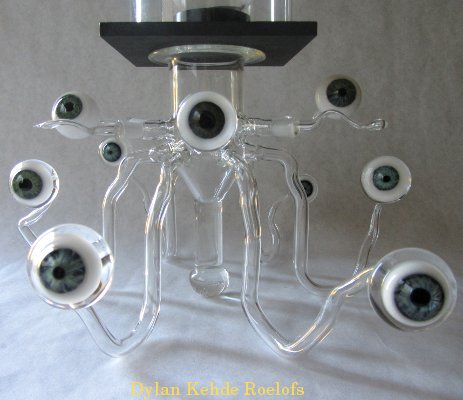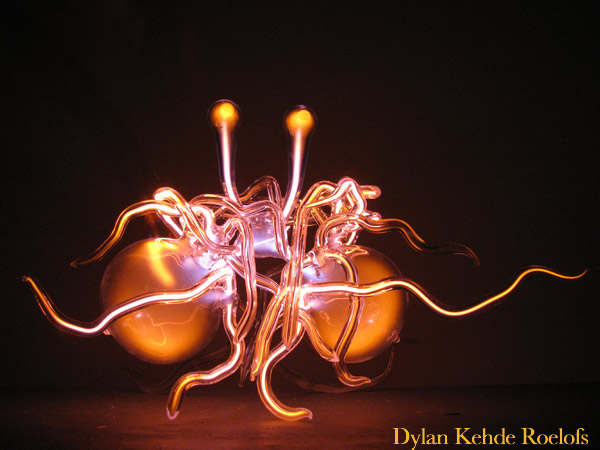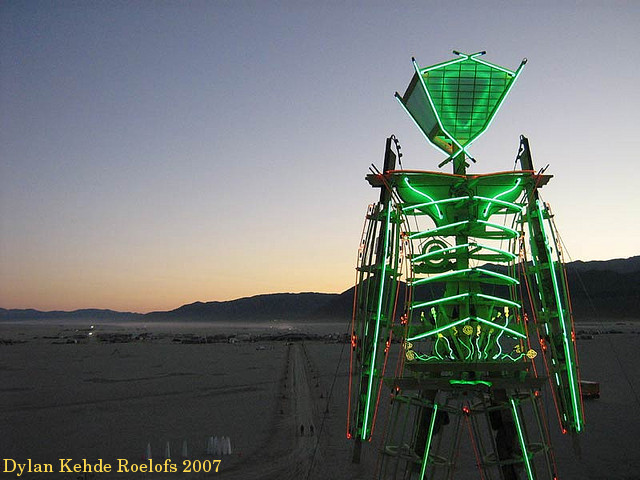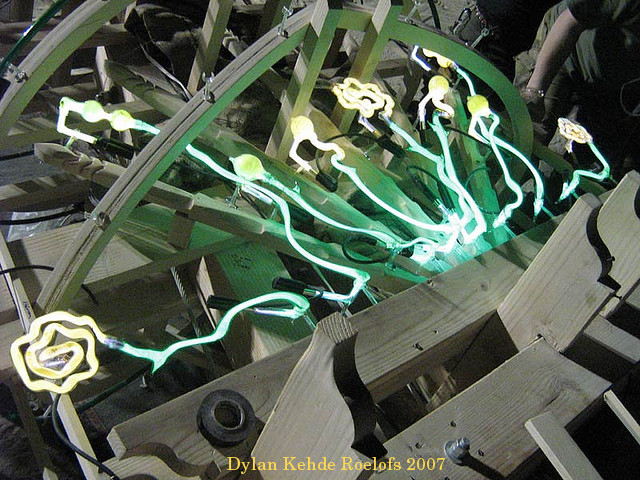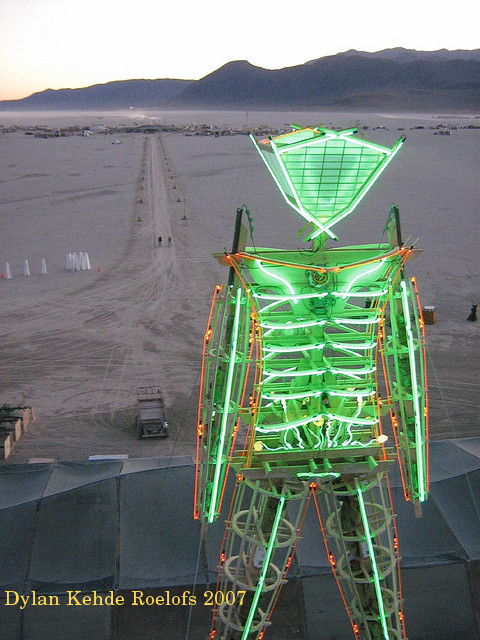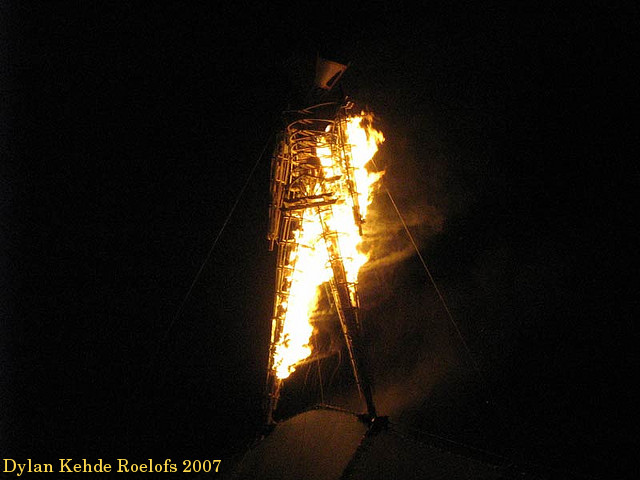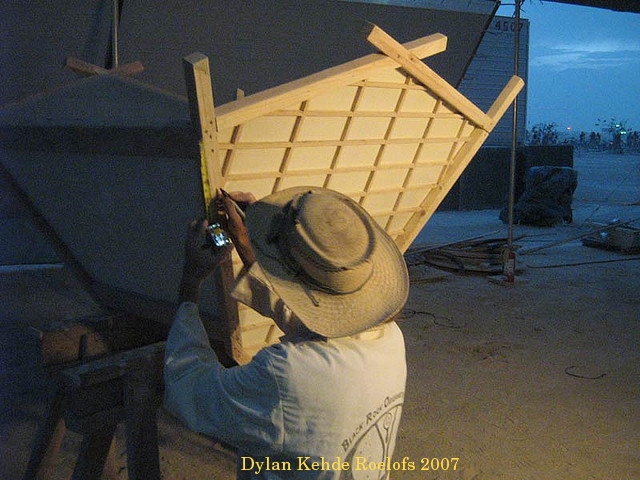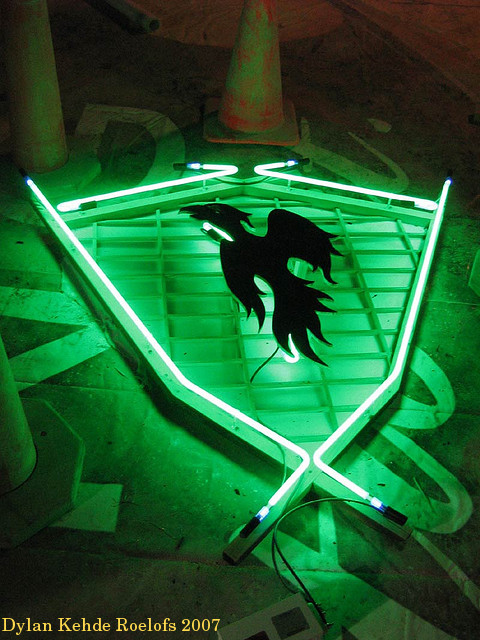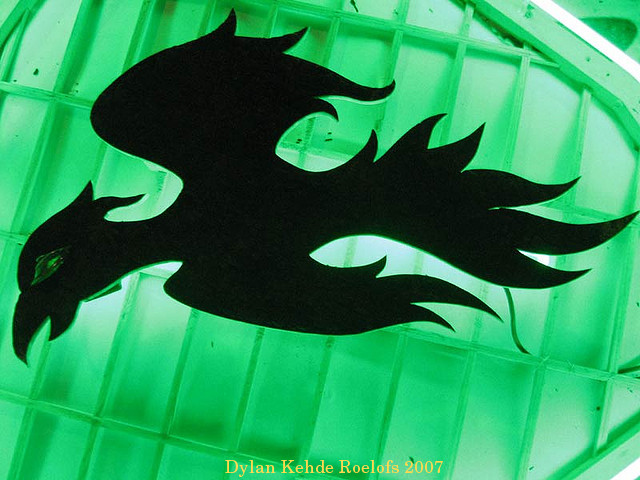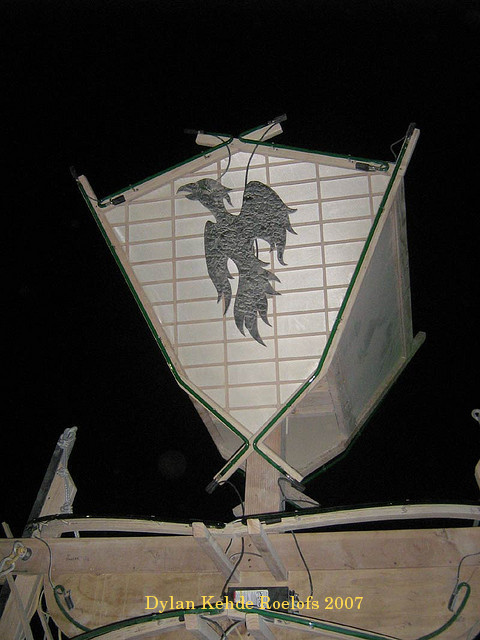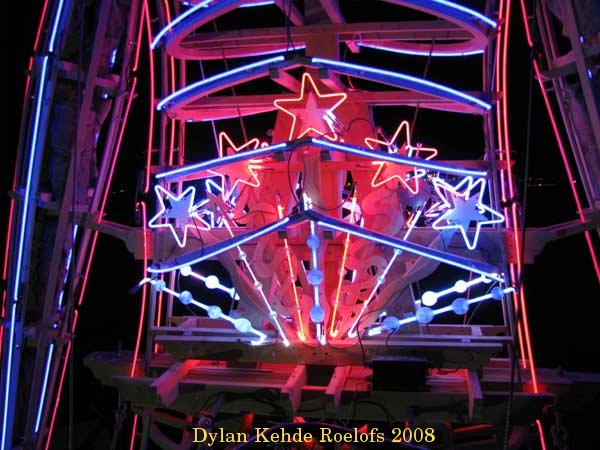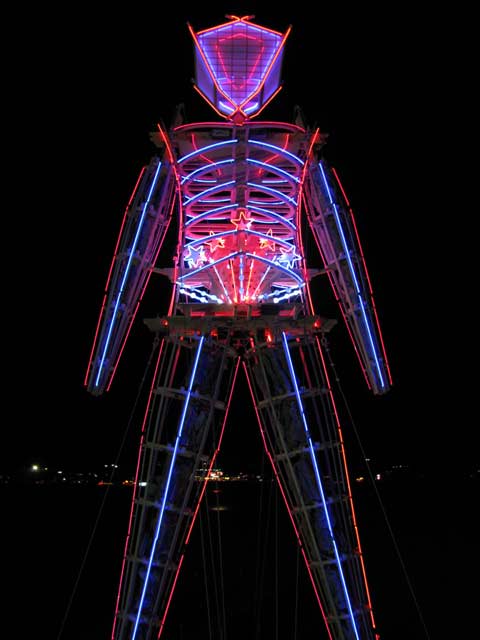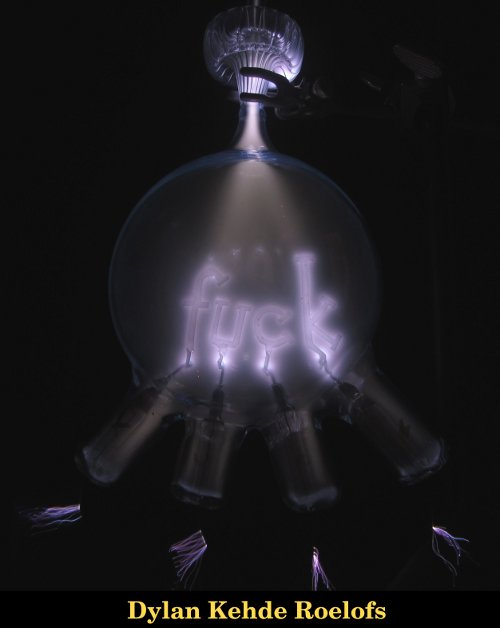In 1892 Nikola Tesla gave a lecture to the Royal Society of Electrical Engineers in London1, summarizing his experiments in what he termed ‘sensitive brush’ lighting. Tesla had been working with electrical discharge in evacuated glass bulbs, following the recent (1880′s) popularity of the Geissler tube and the discovery of X-rays.
The idea of induction driven lighting was not at all new; the beautiful Diehl lamp was patented in 1882, although it was never put into production.
However, Tesla’s bulbs were different:They had neither filaments, nor electrodes.
In the June 1919 edition of Hugo Gernsbach’s Electrical Experimenter magazine, the following diagram of the bulbs was published, along with a brief article. (The full article is archived in the thumbnails)
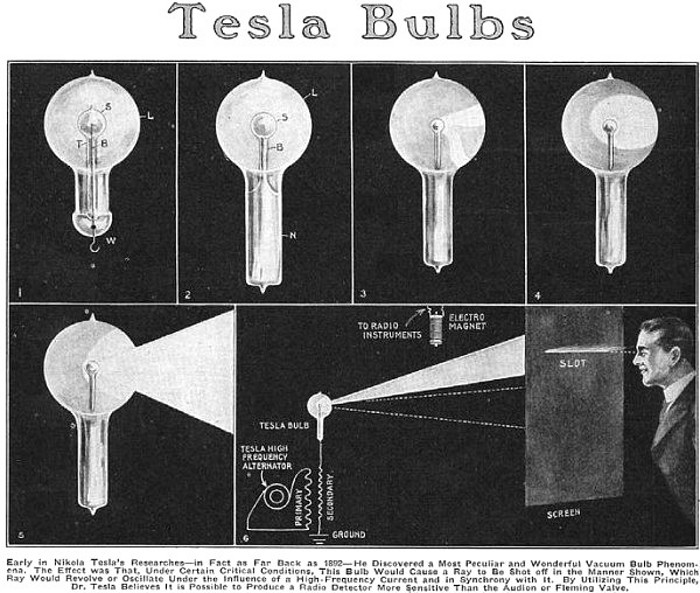
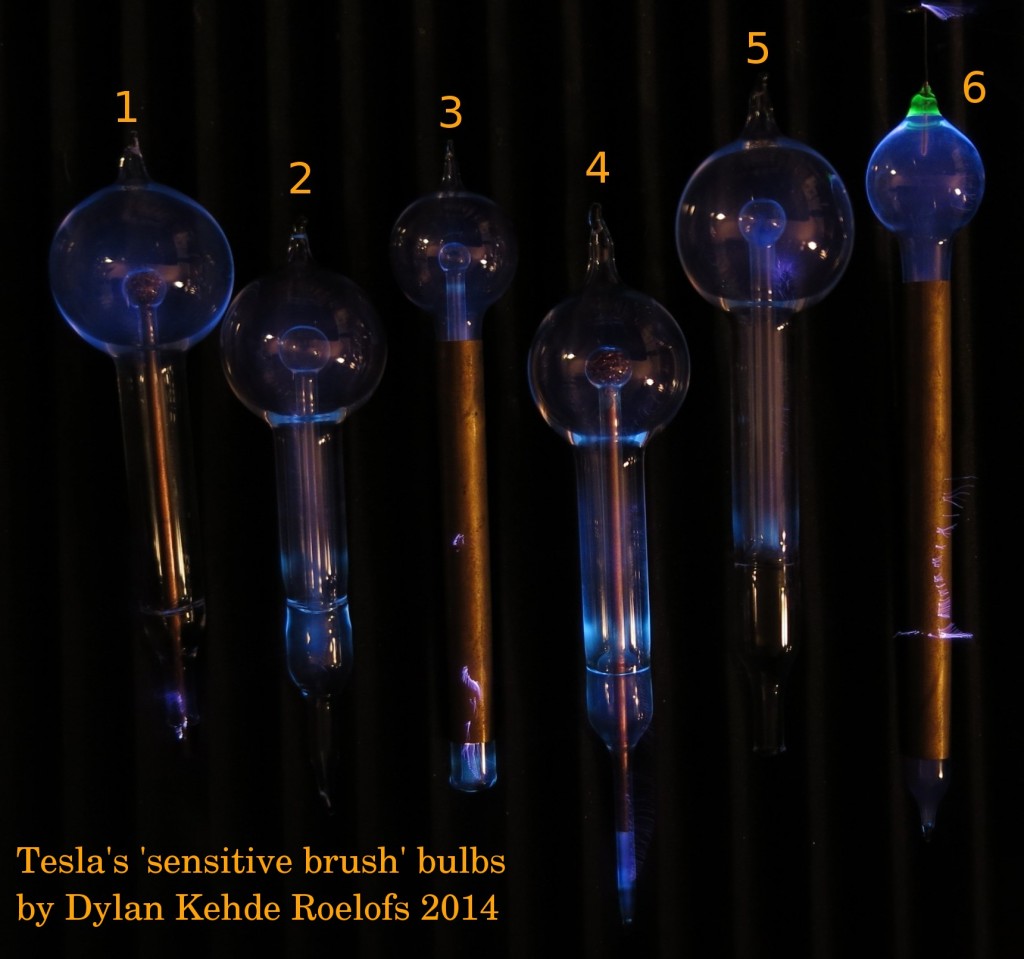
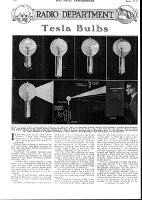
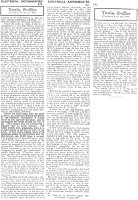
Tesla speaks of a ‘brush’ or ‘ray’ of light (figs. 4-6 above) which is sensitive to magnetic fields, nearby wires, and indeed the very proximity of his hand and body. To us this seems mere cliche, but he was certainly among the very first to see the phenomena of a focused beam of high-frequency plasma in a single-electrode bulb, and it must have been awe-inspiring.
He had in effect invented the modern ‘Plasma ball’, but to his peerless mind it was no mere toy; it was an antenna capable of receiving transatlantic signals, a feat not actualized until nearly ten years later by Marconi.
However, even the great Tesla had not forseen the impending cacaphony of radio frequency noise to come, nor the intensity of Earth’s natural electrical phenomenae, and would have eventually been disappointed, had he pursued this unpredictable ‘detector’.
The photo of Tesla in Figure #1, in my opinion, was made to illustrate that very ‘beam’. Notice the spot cast onto the hanging sheet; if the illumination from the bulb were even, the overexposed halo of light would be centered on the bulb. With an exposure that long, the barely visible outline of the bulb itself would be obliterated. (Note also the sheet reflected onto the floor, and the relative darkness of his hand…)
It is fairly clear that the sheet conceals the coil driving the phosphor-coated bulb.
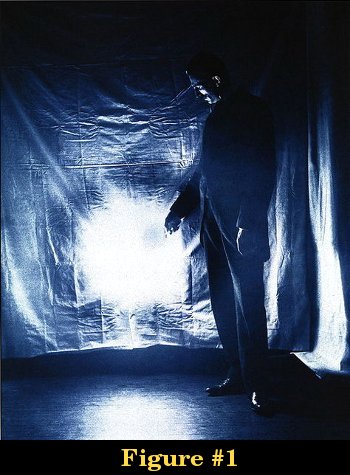
I also believe that the ‘brush’ phenomena is visible in one of the most striking and iconic portraits of Tesla, shown in Figure #2: The 1919 cover of Electrical Experimenter magazine. (Notice the difference in illumination across the radius of the bulb -the phosphor is not evenly coated, but the level of excitation is not symmetric either…)
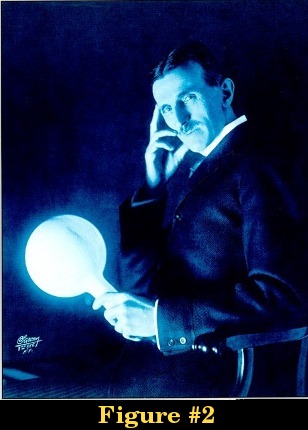
Tesla was clearly moved by his dance with this Will-o-the-wisp, this sensitive and etheric radiance, this odd asymmetry in his world of perfectly aligned coils, machined spheres and tamed toroids.
Much has been written and rumoured over the years concerning Tesla’s various lighting systems and their frequencies, distances, and voltages. Much has been muddled, confused and mistaken.
To my knowledge, nobody but myself has ever faithfully recreated the wireless bulbs.
It is worth noting that the otherwise staggeringly beautiful and historically accurate film ‘The Prestige’ (2006) used a supported coiled filament bulb; a particular configuration not to arise until the researches of Irving Langmuir lead to ductile tungsten wire coils in inert gas in 1913, nearly 14 years after Tesla’s Colorado Springs research retreat. (Langmuir’s groundbreaking patent is here.)
In several shots the circular heat shield near the base of the bulb is visible; this was only a necessity in to deflect the heated, and thus convective, backfill gases from ruining the base cement and detaching the threads of hanging, high-wattage bulbs after about 1916.
Any experiment during that period of Tesla’s work in wireless transmission of power to bulbs would have utilized carbon filaments, as is shown quite clearly in Figure #3 and the magnified image below. This device is a rolling stage demonstration version of the wireless effect, which Century Magazine bizarrely stated as operating “…through the influence of electrified ether-waves.”2
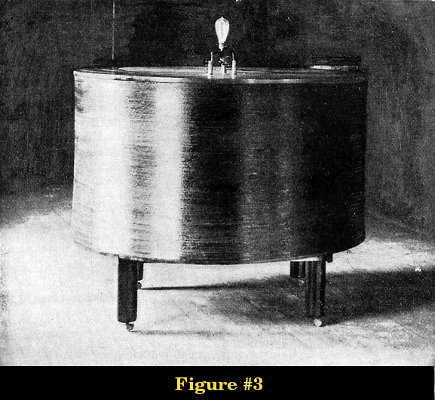
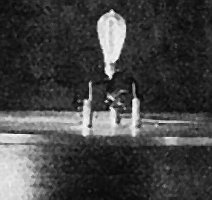
The keys to understanding the ‘brush’ phenomena lie in the processes and equipment Tesla’s glassworkers had available at that time – They may or may not have heated the bulb while it was attached to a vacuum pump, a procedure called a ‘bakeout’. Without a bakeout, no matter how high the vacuum , the residual water entrained upon the interior surfaces will slowly evaporate after the tube is sealed off, and be excited by high voltage into a plasma.
Even after a bakeout, the glass itself holds residual water and gasses. This “organic matter” as Tesla called it3 will slowly contaminate the vacuum, but only upon application of heating. He was well aware of this effect, having driven some of his X-ray tubes with a ferocity that melted them, at which point they “bulged outwardly” because of an internal vapour pressure higher than that of the surrounding atmosphere4
The building pressure of the residual water vapour in his brush bulbs would have behaved exactly as he states in 1919: “Warming the bulb, or increasing the potential hastens the transit.” This effect would occur with or without the bakeout.
Water vapour is a pale white-blue, the exact ‘misty’ colour Tesla mentions.
Tesla’s glassblowers certainly used a so-called “Mercury piston” pump to create the vacuum. Invented by the afforementioned Geissler in 1855, it used falling mercury drops, each of which effectively acted as a small piston. It was improved on by Toepler, Sprengel and Crookes, all of whom, among their many other skills, were talented glassblowers. It was eventually capable of attaining a vacuum far superior to any mechanical pump of the day (supposedly 10-3 torr, or about one millionth of an atmosphere), but was painfully slow, and contained several pounds of mercury. However, until 1915 and the invention of the diffusion pump, it was the best pump available to science5.
This pumping would eventually remove 99.999% of the atmospheric gases, and there would be no visible plasma from them, but the residual water vapour would remain.
(If enough air were left, the glow would be ‘intensely purplish’, as Tesla noted in 18916)
The bulbs also utilized a coating of a ‘phosphor’ (a generic term for a scintillator which has nothing to do with the element Phosphorus) on the interior surface to create light. During his X-ray tube researches, Tesla stated7 a preference for crushed Scheelite, an ore of Calcium and Tungsten.
When excited by ionization, scheelite gives off a ‘sky blue’ glow.
We may look to this phosphor, and the necessary coating process to further examine the “white, misty light” of a brush bulb. Modern phosphors are applied, very finely ground, in suspension in a low boiling liquid – typically acetone. By even external heating, and the ministrations of a deft hand, the liquid is evaporated and leaves an even layer adhered to the inside of the glass.
This procedure works for irregular or non-planar objects, such as neon signs; the flat active surface of a monochrome cathode ray tube or Crookes tube would typically be coated by merely allowing a suspension to settle, and then decanting the liquid. Externally coated screens would also be inserted into tubes, an option not suitable for spherical bulbs.
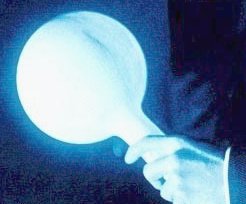
I am no stranger to this exacting process (See my Burning Man Gallery for the custom plasma tubes it was my honor to install on the Man in 2007 and 2008), and am able to see some artifacts of it in his 1919 portrait (Figure #2 and magnified inset). Note the odd streak/shadow just above the middle of the bulb, past the edge of the ‘beam’. This is a typical effect of an incomplete evaporation, either from impatience or the use of a less volatile liquid. If Tesla’s glassblowers had been using ethanol or water, it would have been very tricky to get a coating without ‘pour’ lines like those observed.
One would certainly hope that he chose his best bulb and his best suit for the portrait.
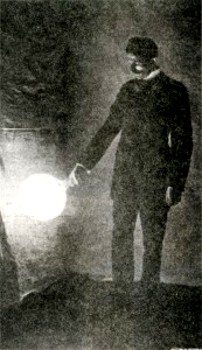
Tesla persued this line of research, making the first photographs by fluorescent light, and constructing a 1500 candle-power bulb in 18998.
In this article, he gives us a few hints as to the frequency he used to drive these bulbs: 400kHz and 800kHz, and 2MHz, whereas the ‘Brush bulb’ article of 1919 contains no voltage or frequency information. An earlier patent9 for a non-brush bulb also has some information.
I would like to think that it was in part the contemplation of these scheelite coated, sky-blue orbs that drove him to further ponder the sky itself, the excitation that must drive it, and how he could reproduce it, and give it to all of humanity.
Now, for the first time in nearly a century, those lost lighting phenomena are at hand again.
I will be making a very limited number of reproduction bulbs in a variety of Tesla’s original configurations.
Advanced researchers, collectors, and museums are encouraged to email for a catalogue.
Prices start around $80/bulb.
Shown below is a small selection of bulbs, showing various stages of water vapour plasma, under excitation from a hand-held spark coil (above), and a flyback transformer driven plasma system (bottom picture).
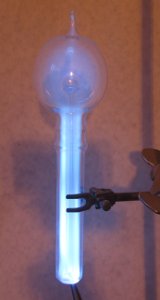
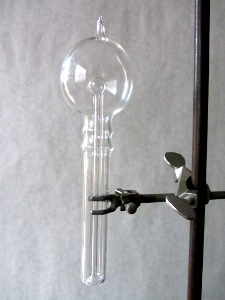
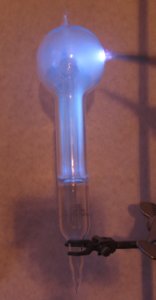
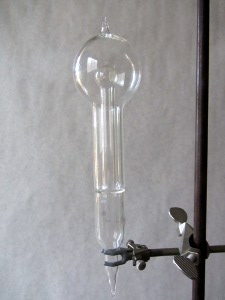
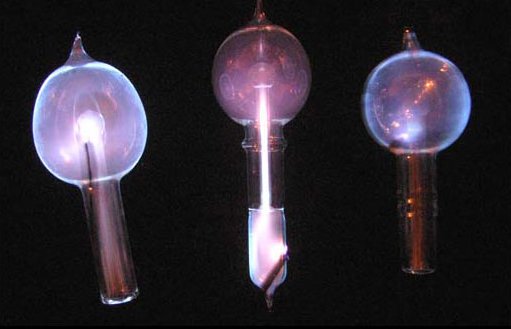
[1] http://www.tfcbooks.com/tesla/1892-02-03.htm (‘The True Wireless’ lecture of 1892)
[2] Tesla’s Oscillator and other Inventions, Century Magazine ,1895. Archived here.
[3] Roentgen Rays or Streams, Electrical Review , Aug. 1896. Archived here.
[4] Tesla’s Latest Results, Electrical Review, Mar. 1896. Archived here.
[5] History of Vacuum devices, P.A. Redhead- Archived at http://cdsweb.cern.ch/record/455984/
[6] Tesla’s 1891 response to J..J. Thompson’s work on discharge in vacuum tubes here.
[7] On Roentgen Radiations, Electrical Review 1896- Archived here.
[8] Some experiments in Tesla’s laboratory, Electrical Experimenter, 1899. Archived here.
[9] In his Patent 454,622, from 1891, concerning another of his high-frequency bulbs, he gives a figure of 20Kv at 15-20kHz.
Notes: Tesla also worked with numerous other types of lighting besides the wireless ‘brush’ bulbs to which I have tried to confine the scope of this article.
Scientific American magazine has an article from 1901, archived here, on a wireless, induction driven ‘neon’ tube…
Electrical Experimenter ran this essay in March of 1919, showing some of Tesla’s earlier wireless ‘neon’ tubes.
Tesla also patented his ‘button’ incandescent light in 1894. See U.S Patent 514170
-Thanks to www.teslauniverse.com for their peerless collection of online documents, and saving me the trouble of scanning a lifetimes’ worth of photocopies…

